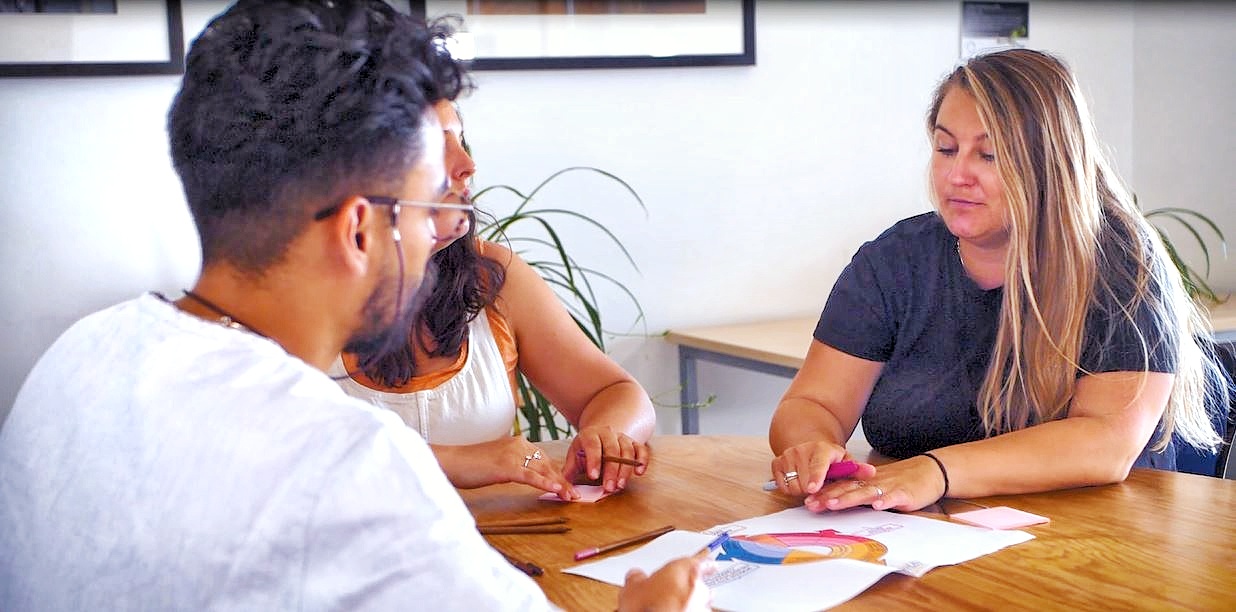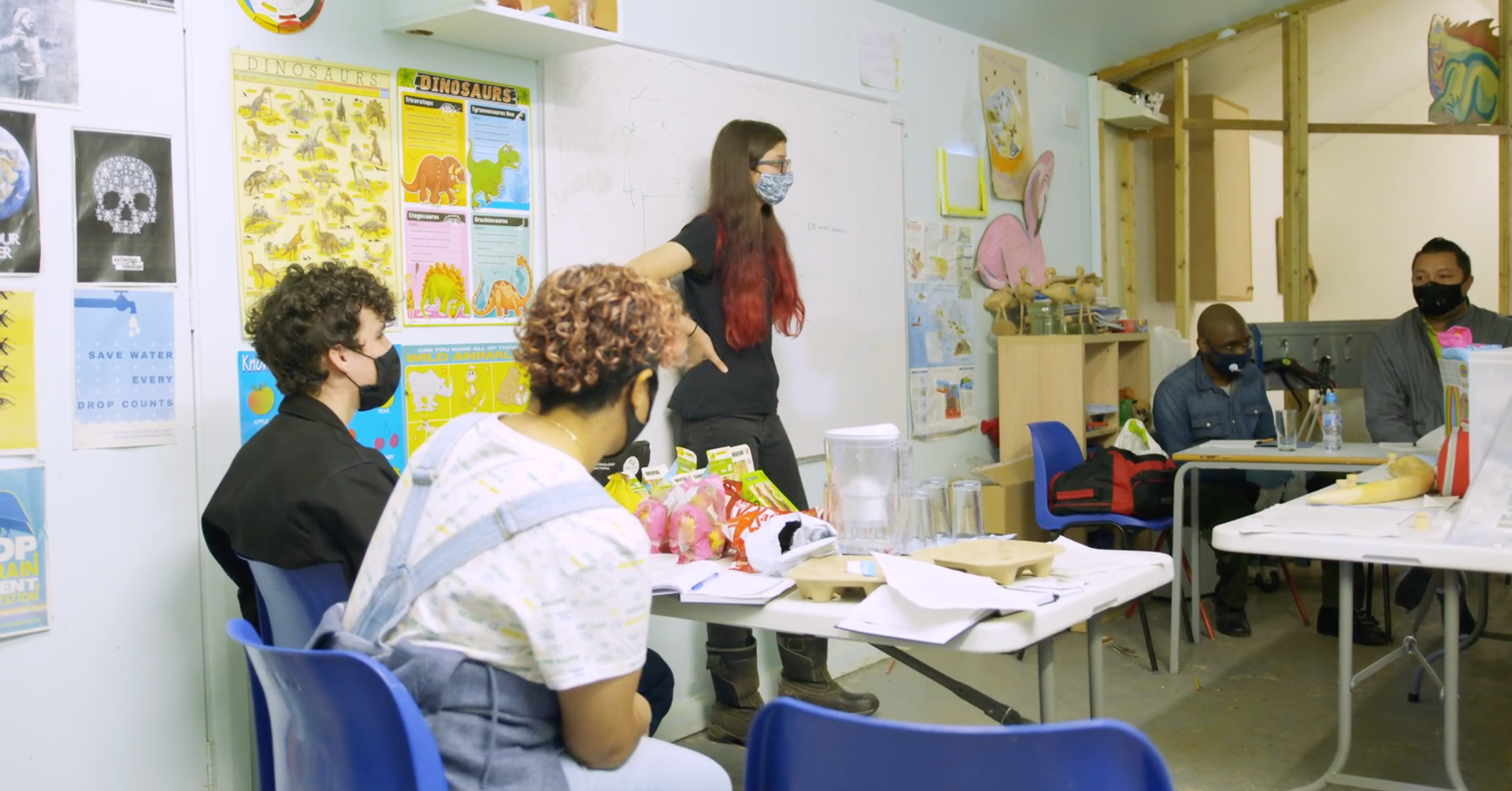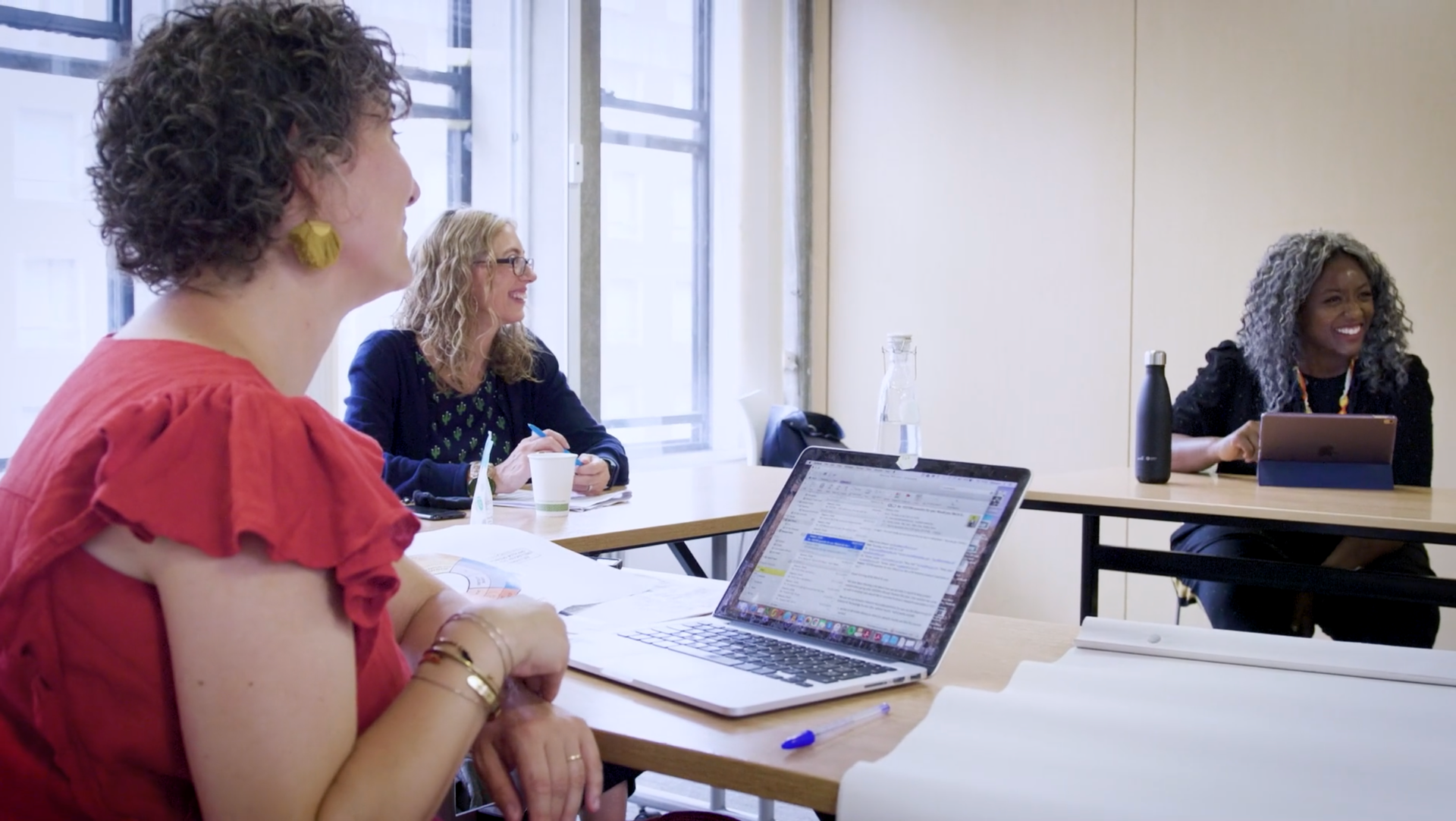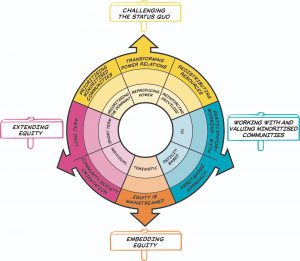Reflections from the YESTEM project partner: Knowle West Media Centre
By s.godec, on 28 April 2022
Making equity everyone’s job
This post was written by Dot Baker, Head of Young People & Emerging Creatives at Knowle West Media Centre.
At Knowle West Media Centre, we are committed to supporting the local Bristol community. We run a range of different programmes, from a tech-focused weekly club for young people, to music workshops, sessions in laser cutting and making for young people, as well as supporting local elderly people with their tech needs.
We have always worked in participatory ways, responding to the young people living in Knowle West. We know that we can’t make a difference in young people’s lives unless we get to know them – who they are, what their lives are like and what they need and want from a space like our centre. We regularly speak to young people and have recently also started a Youth Council, to make sure that we work with the participants in developing our offer.
Equity is a core value at Knowle West Media Centre because young people come as they are, and everyone is different. We know that equitable practice needs to be part of everyone’s job: the front of house team who welcomes the people as they come into the building, the people responsible for social media and communication, and everyone who plans and delivers the sessions.
What makes embedded equitable practice possible is a strong commitment to equity across all teams, but most importantly, our senior leadership. Equity and inclusion are an explicit part of our strategy and part of every step of working at Knowle West Media Centre: from the job interview to ongoing training and annual appraisals.

Knowle West Media Centre staff debriefing with the Equity Compass
In my role as a Head of Young People & Emerging Creatives, I support a team of 10 staff in delivering activities for young people. We ensure that the team is all on the same page by collaborating and co-creating with the young people as well as making sure we are continually reflecting on our programmes to ensure that they remain equitable. We evaluate every session that we deliver, making sure that we reflect on the session as a whole but also on the young people’s individual needs. Through using the Equity Compass, we have a shared language and understanding of how we can maintain an equitable programme and inclusive for all of our participants.
For more details about how Knowle West Media Centre have been embedding equity and using the Equity Compass as part of partnering with the YESTEM project, see this short film.
 Close
Close













